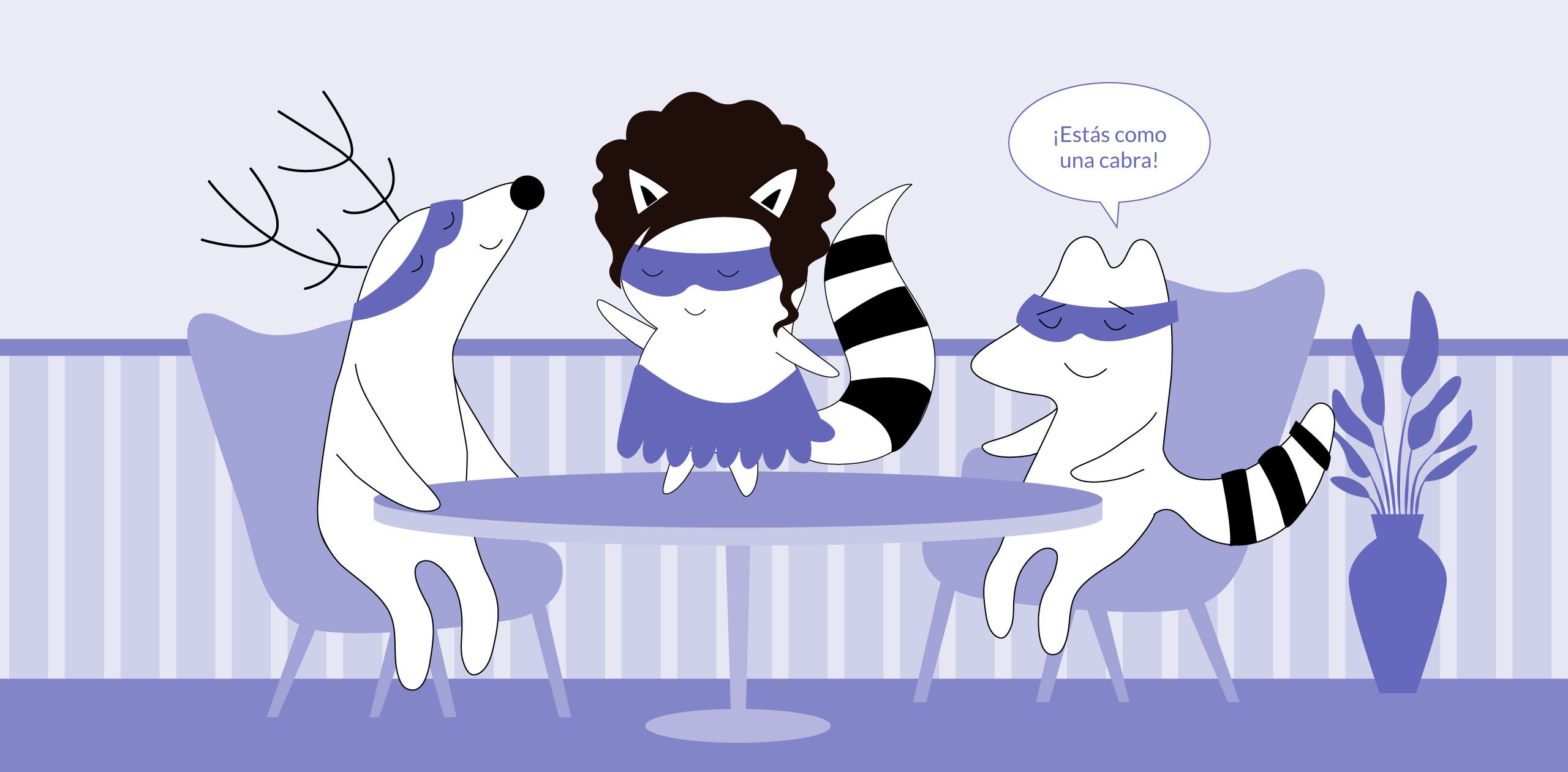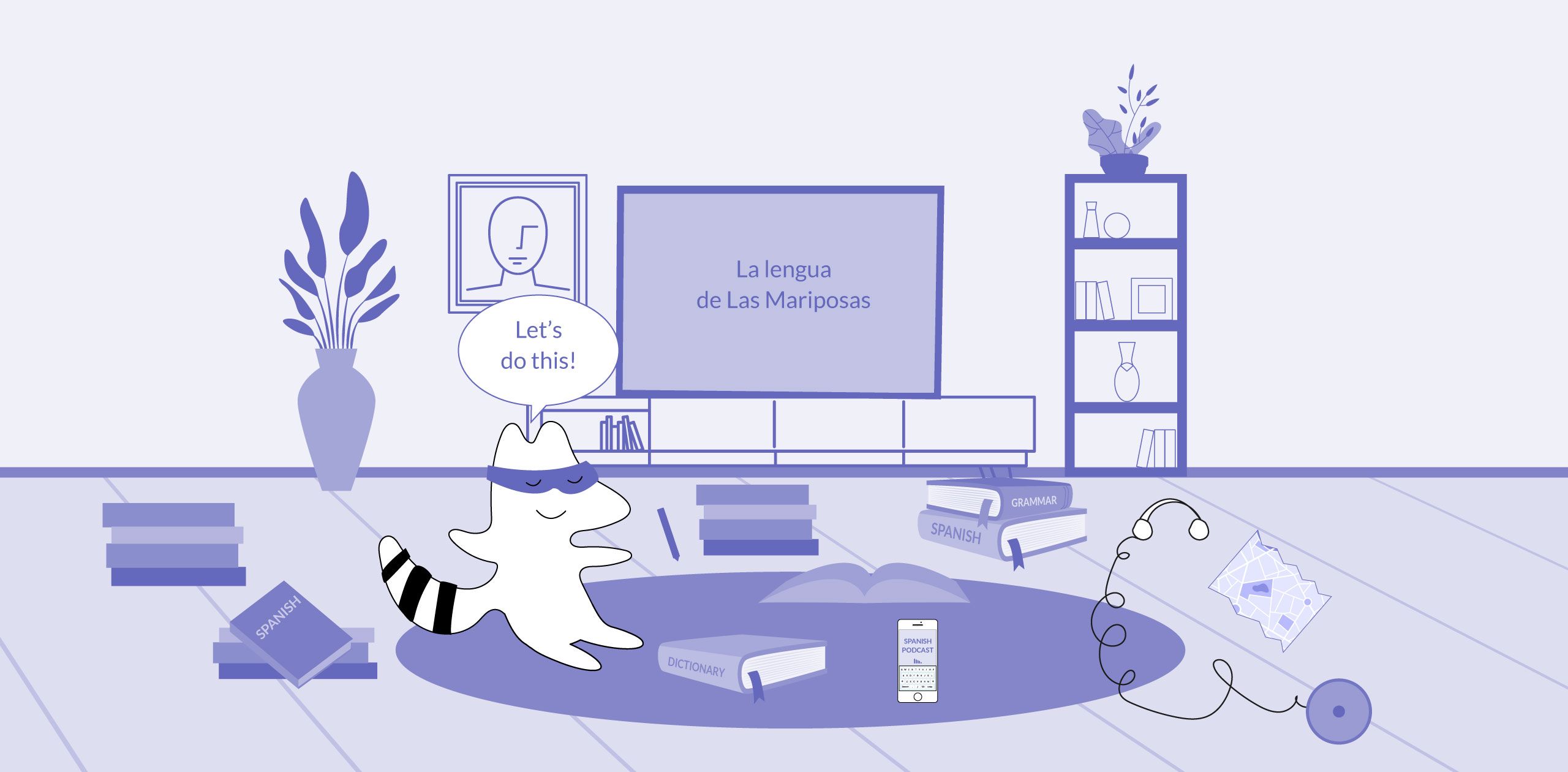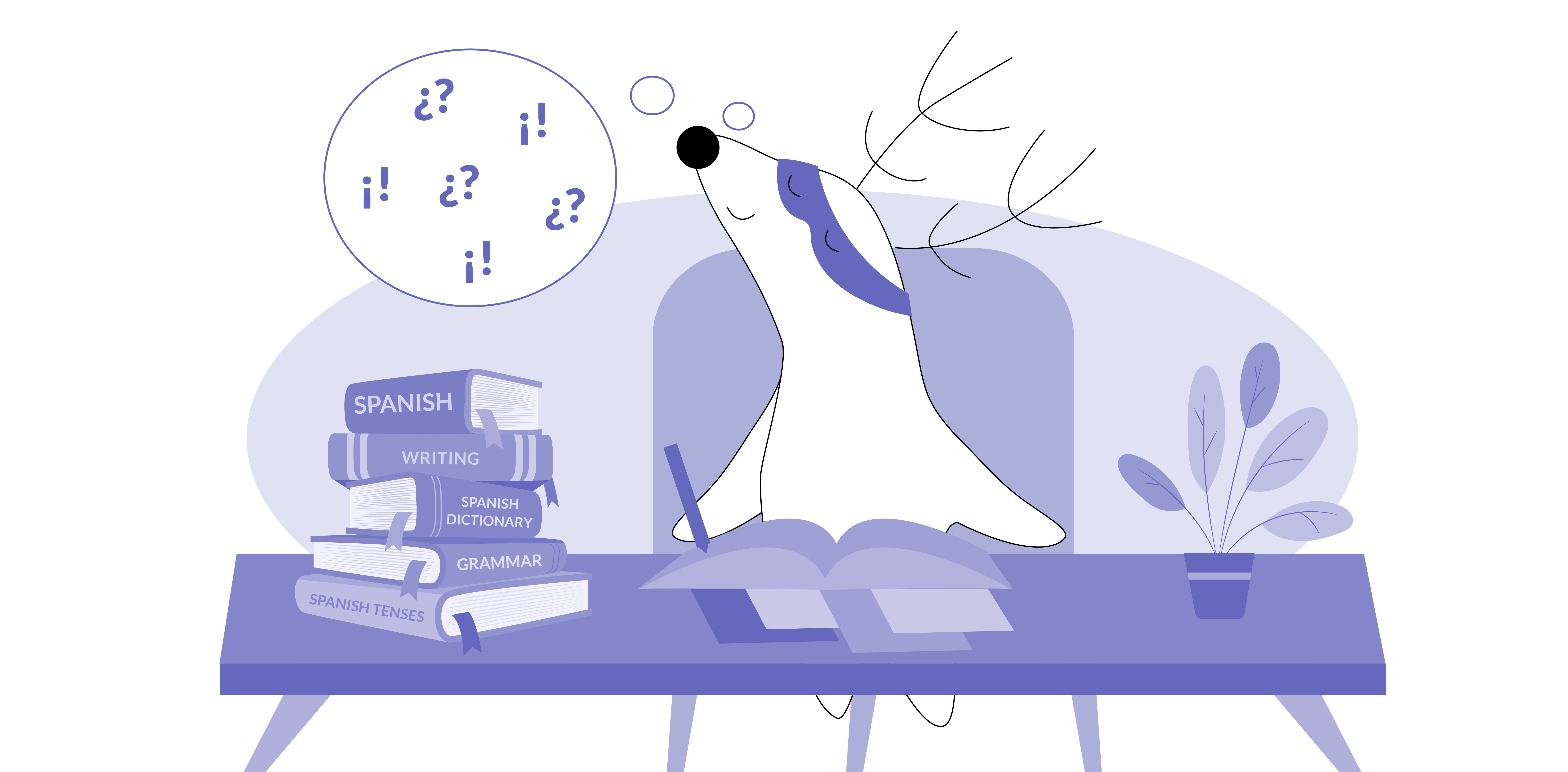
Spanish, a language known for its rich history and widespread influence, has a unique feature that sets it apart from many other languages: the use of upside-down question marks (¿) and exclamation points (¡). These distinctive punctuation marks are not just stylistic choices; they serve a practical purpose and have a fascinating history.
In this article, we’ll help you understand when and how these upside-down punctuation marks are used and why they are relevant if you’re studying Spanish. Let’s go!
Learn Spanish with Langster
Origins of the Inverted Punctuation Marks
The inverted question mark and upside-down exclamation point were introduced by the Real Academia Española (Royal Spanish Academy) in the 18th century. The Academy's goal was to improve the clarity of written Spanish. Unlike in English, where intonation can change a statement to a question, Spanish syntax doesn't always make it clear when a sentence is interrogative or exclamatory.
So, the upside-down punctuation marks signal the start of a question or exclamation, giving readers an early indication of the sentence's tone.

Usage in the Spanish Language
In Spanish, the inverted question mark and the inverted exclamation point are placed at the beginning of the sentence or clause, followed by the standard punctuation mark at the end. For example, ¿Cómo estás? means "How are you?", and ¡Hola! translates to "Hello!" This unique feature allows readers to understand the sentence's intent right from the first few syllables.
For instance, consider the question How are you? In Spanish. This would be rendered as ¿Cómo estás?, and the inverted question mark signals to the reader that a question is being asked, right from the very first word. This allows for a more contextually aware reading experience, as the reader can adjust their tone and expectations accordingly.
Likewise, let's explore the exclamation Hello! In Spanish. This would be ¡Hola!, with the initial inverted exclamation mark instantly conveying a sense of enthusiasm or greeting, setting the tone for a cheerful interaction. This unique punctuation usage is a hallmark of the Spanish language, adding a layer of expressiveness to written communication.
Here are a few more examples of this feature in action:
Spanish
English
¡No puedo creerlo!
I can't believe it!
¡Qué hermoso día!
What a beautiful day!
¿Estás hablando en serio?
Are you serious?
¡Wow, eso es asombroso!
Wow, that's amazing!
¡Felicitaciones!
Congratulations!
This punctuation convention in Spanish not only streamlines the sentence intent; it also adds a layer of emotional resonance. It's an example of how linguistic features can shape communication styles and cultural nuances.
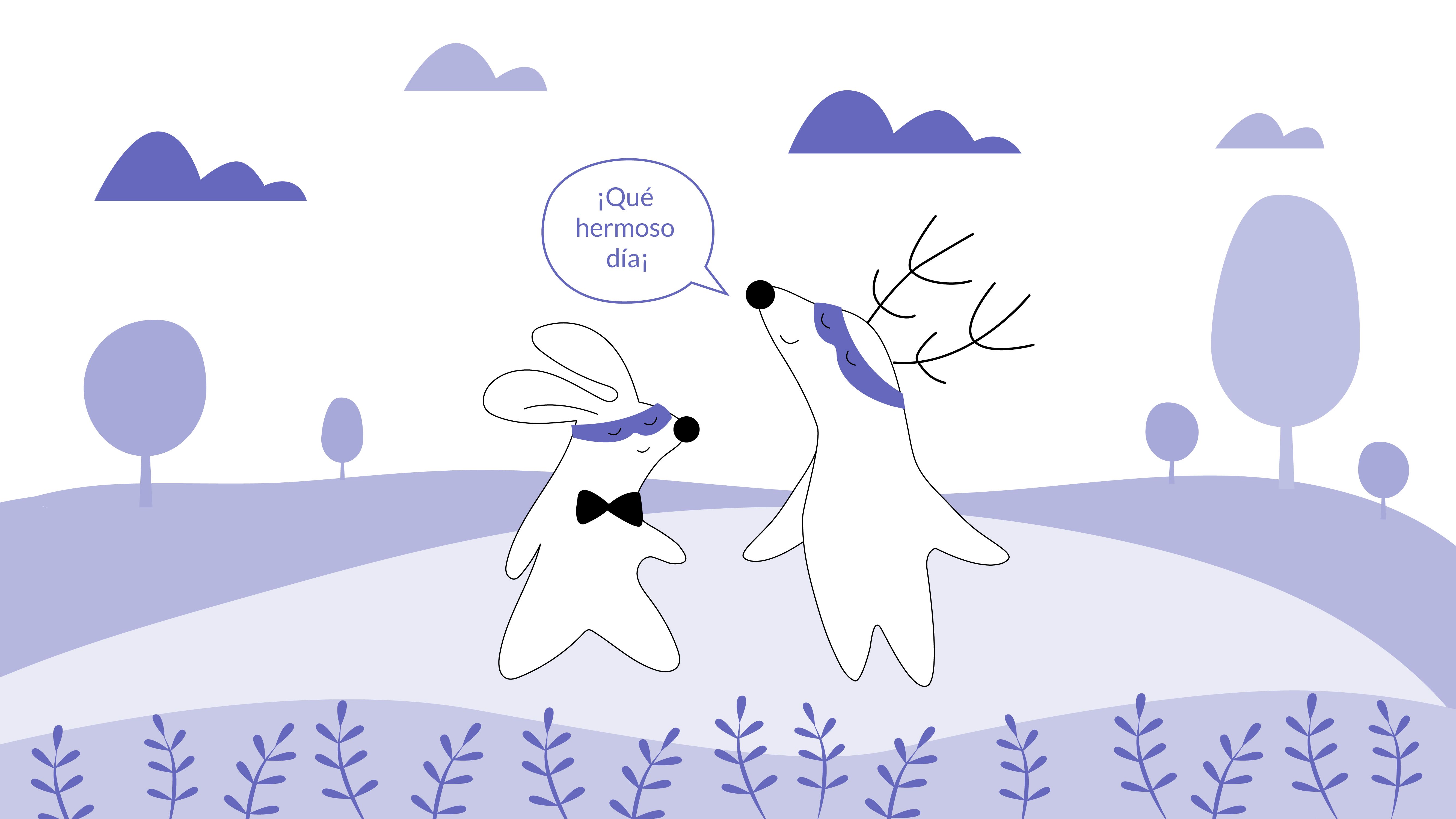
Comparison with Other Languages
Interestingly, Spanish is not the only language that uses unique punctuation marks to indicate questions or exclamations. Galician and Catalan, two other languages spoken in Spain, also use the inverted question mark.
However, they do not use these marks as consistently and systematically as Spanish, nor does any other language. In French, for instance, a similar system exists for quotations using « guillemets », but nothing comparable exists for questions or exclamations.
Importance of Understanding Inverted Punctuation Marks
Understanding the use of these inverted punctuation marks is crucial for anyone learning Spanish. They are not merely decorative; they carry meaning and impact comprehension. Recognizing these marks can help a reader adjust their reading pace and intonation, enhancing their understanding of the text.
Moreover, these punctuation marks embody the spirit of the Spanish language — expressive, clear, and engaging. They ensure that the written language conveys emotion as effectively as the spoken word, enriching the Spanish literary tradition.
Other Unique Punctuation Marks in Spanish
Apart from the inverted question and exclamation marks, Spanish also features other punctuation conventions that set it apart from English. Here are a few examples:
En Dash (Guión Largo)
The en dash (–) is used in Spanish to indicate ranges, connections, or transitions between two items, such as dates, times, or numbers. In English, this function is often fulfilled by the hyphen (-).
Spanish
English
El evento se llevará a cabo del 10 al 15 de agosto.
The event will take place from August 10th to 15th.
Em Dash (Raya)
While similar to its usage in English, the em dash (—) in Spanish is utilized to set off information that is parenthetical or to emphasize a point. It's a more dramatic pause than the comma.
Spanish
English
Ella tenía un sueño — ser bombero — desde muy joven.
She had a dream—to become a firefighter—since she was very young.
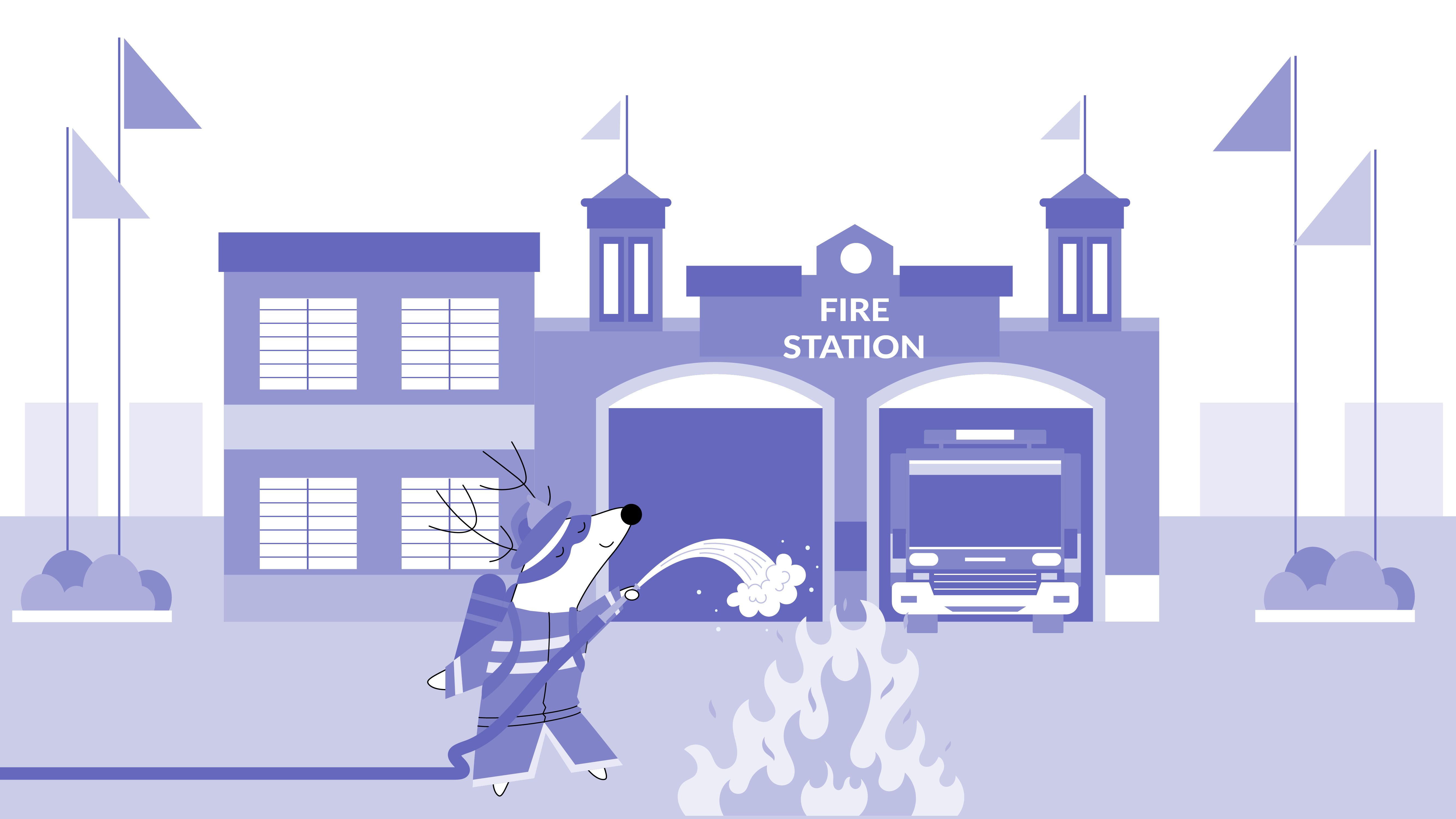
Ellipsis (Puntos Suspensivos)
Just like in English, the ellipsis (...) is used to indicate an omission of words or a pause in speech. However, in Spanish, there is a space before the first dot.
Spanish
English
No sé, quizás tengas razón...
I don't know, maybe you're right...
Accent Marks (Tildes)
While not unique to Spanish, the use of accent marks is more extensive. In Spanish, they indicate stress on certain syllables and can even distinguish between different words with the same spelling but different meanings.
Spanish
English
Él va a la playa vs. El vaso está en la mesa
He goes to the beach vs. The glass is on the table
Period Inside Quotation Marks
In contrast to English, where periods are usually placed inside quotation marks, in Spanish, they are placed outside the closing quotation marks.
Spanish
English
Ella dijo 'hasta luego.'
She said “see you later.”
These unique punctuation features in Spanish, just like the upside-down question mark and the upside-down exclamation points, contribute to the language's structure and rhythm while offering a distinct way of conveying meaning and emphasizing various elements of expression.
The Bottom Line
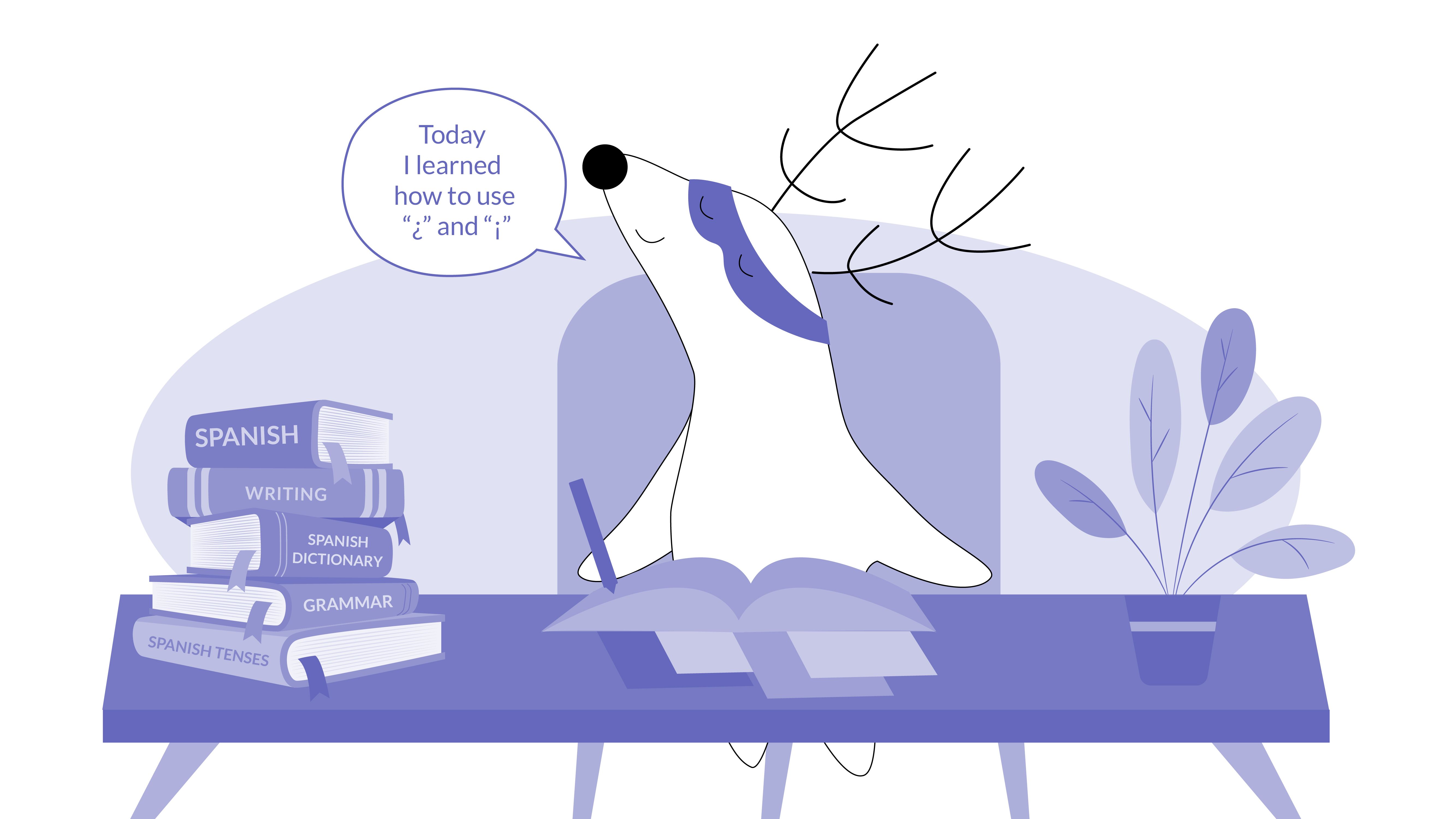
In conclusion, the upside-down question mark and exclamation point are much more than quirky typographical symbols. They are integral to the Spanish language, enhancing readability and helping convey the writer's intent.
Whether you're a Spanish learner or a seasoned speaker, appreciating these unique punctuation marks will deepen your understanding of this beautiful language. Start practicing your Spanish spelling and punctuation skills with Langster, and soon, you’ll find yourself using these question and exclamation marks seamlessly!
Learn Spanish with Langster








